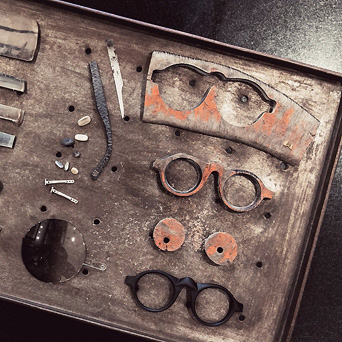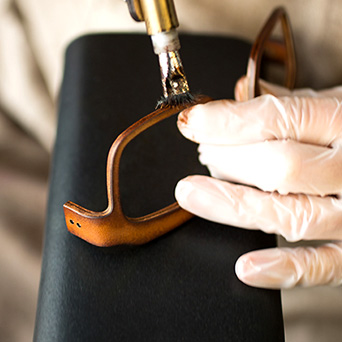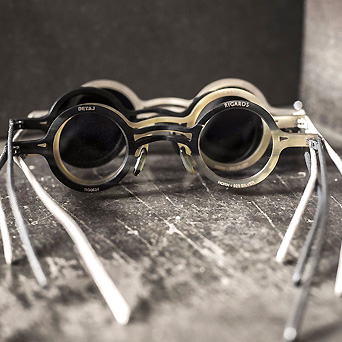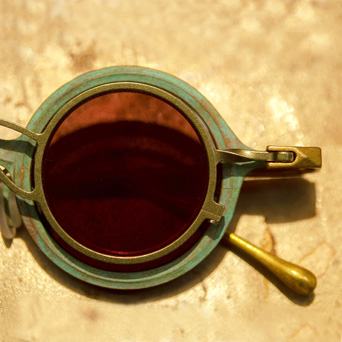HIGH DEFINITION VISION
NEWS // Unique eyewear
Unique eyewear
While today's eyeglasses are predominantly made of cellulose acetate or metal alloys, this wasn't always the case. Before the advent of plastic materials, opticians used natural materials such as tortoiseshell, buffalo horn, leather, and wood. Although these unconventional materials have become scarce, they are still favored by certain designers for their unique qualities and beauty.
- Tortoiseshell :The use of tortoiseshell has become extremely rare due to the Washington Convention of 1974, which aimed to protect endangered turtle species. Today's remaining tortoiseshell craftsmen work with material stockpiled before the ban, and a genuine tortoiseshell frame is a true work of art: durable, repairable through grafting of material, and designed to last alongside you for decades.
- Buffalo horn :Buffalo horn is used in eyewear for its lightness and durability, as well as its natural color palette, which creates unique and visually striking frames.
- Wood :Wood can be crafted from a solid piece or laminated. It will develop a patina over time, enhancing the beauty of your eyeglasses as they age.
- Leather :In the Middle Ages, the first pince-nez were made with rock crystal lenses and leather to hold them together. This once-forgotten material is being used again thanks to new techniques. It offers a wide variety of colors and textures depending on the leather used. Leather can also be paired with a very thin layer of stone such as quartz or granite.
- Copper :Copper, an antimicrobial and hypoallergenic metal, when cast into molds, will produce embossed frames whose color will transform over time.
Find these exclusives eyewear collections with atypical materials at your Opticien Platinum shops in Agen, Bandol, Besancon, Grenoble, and Limoges.




